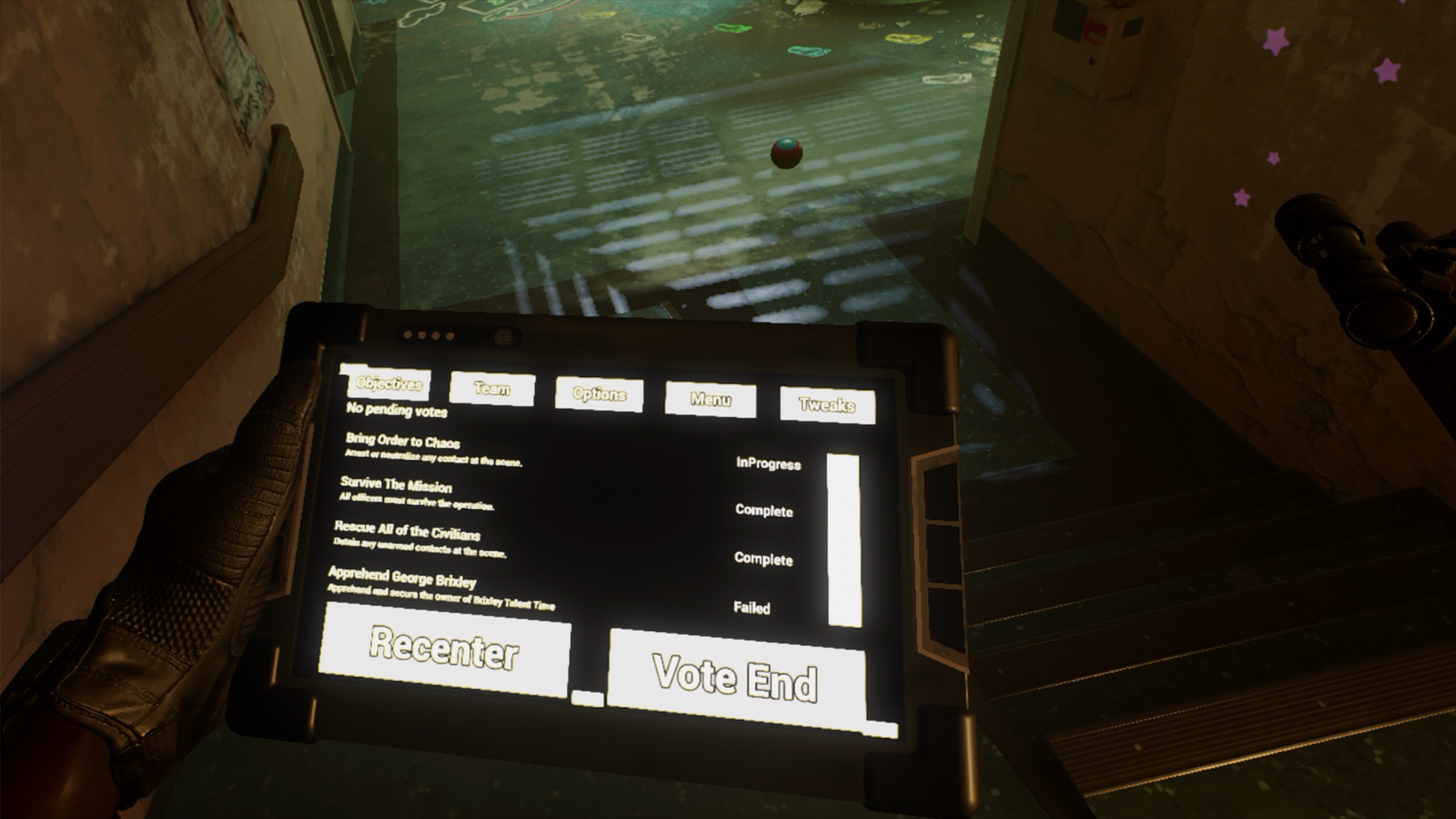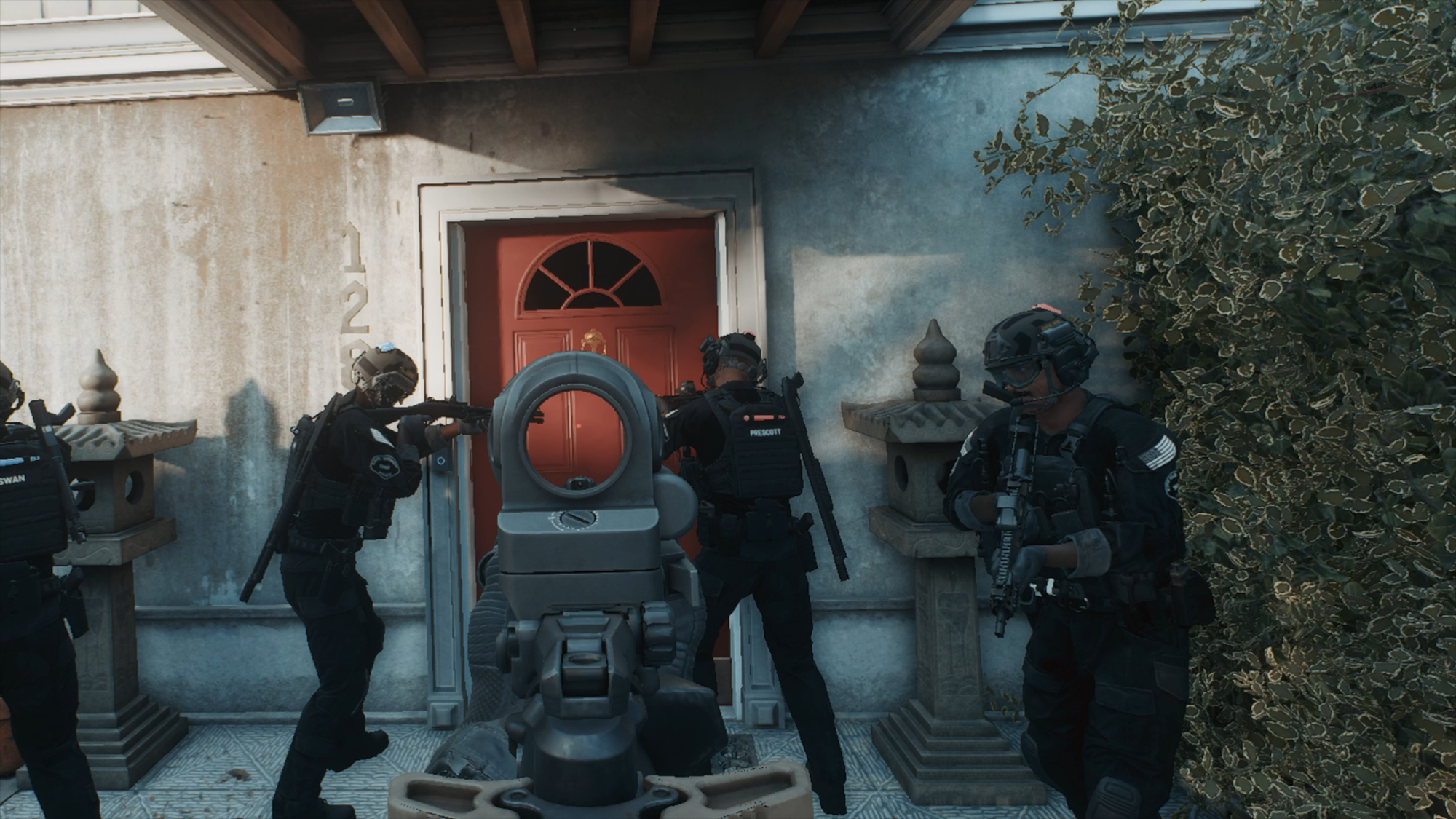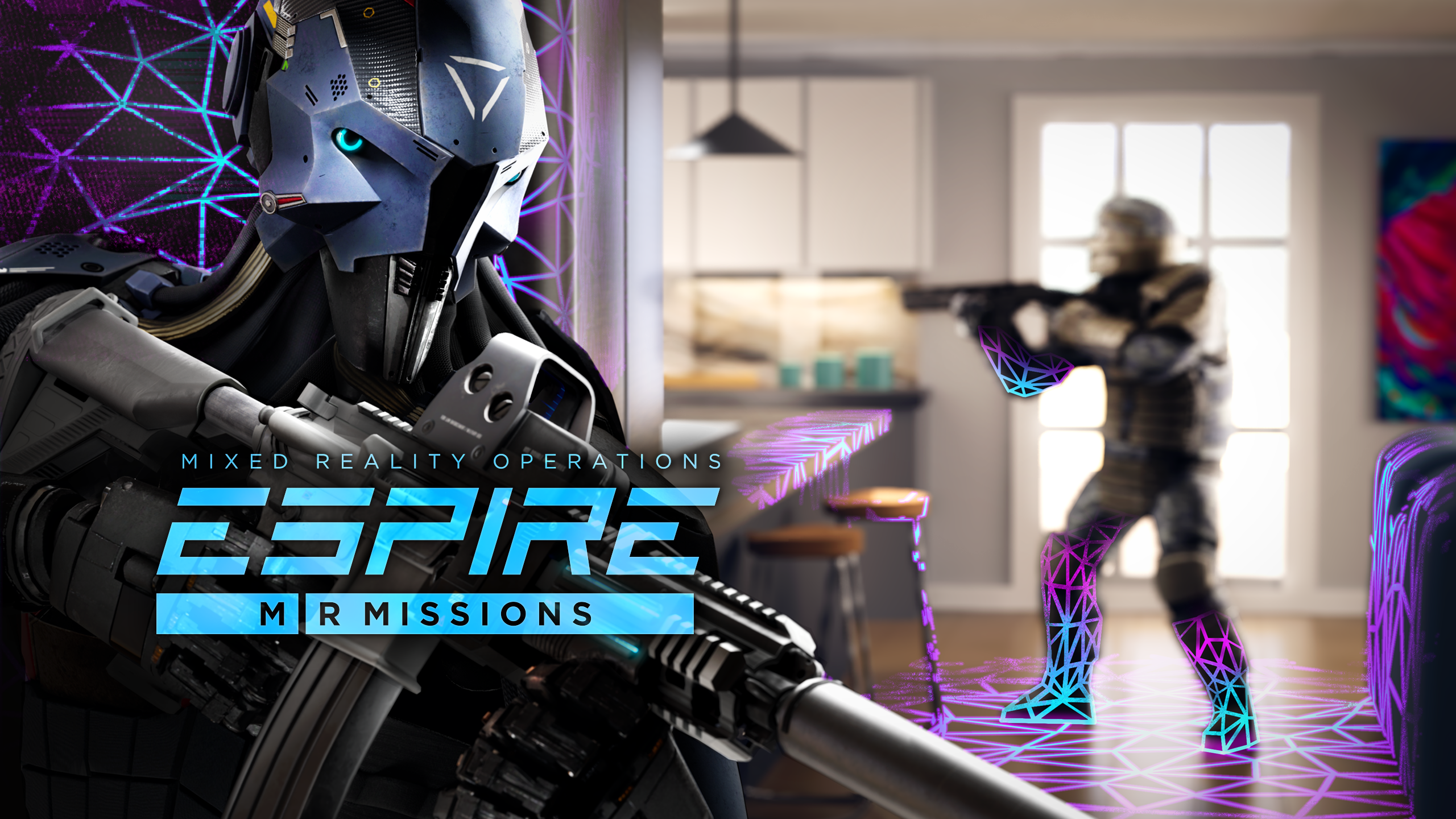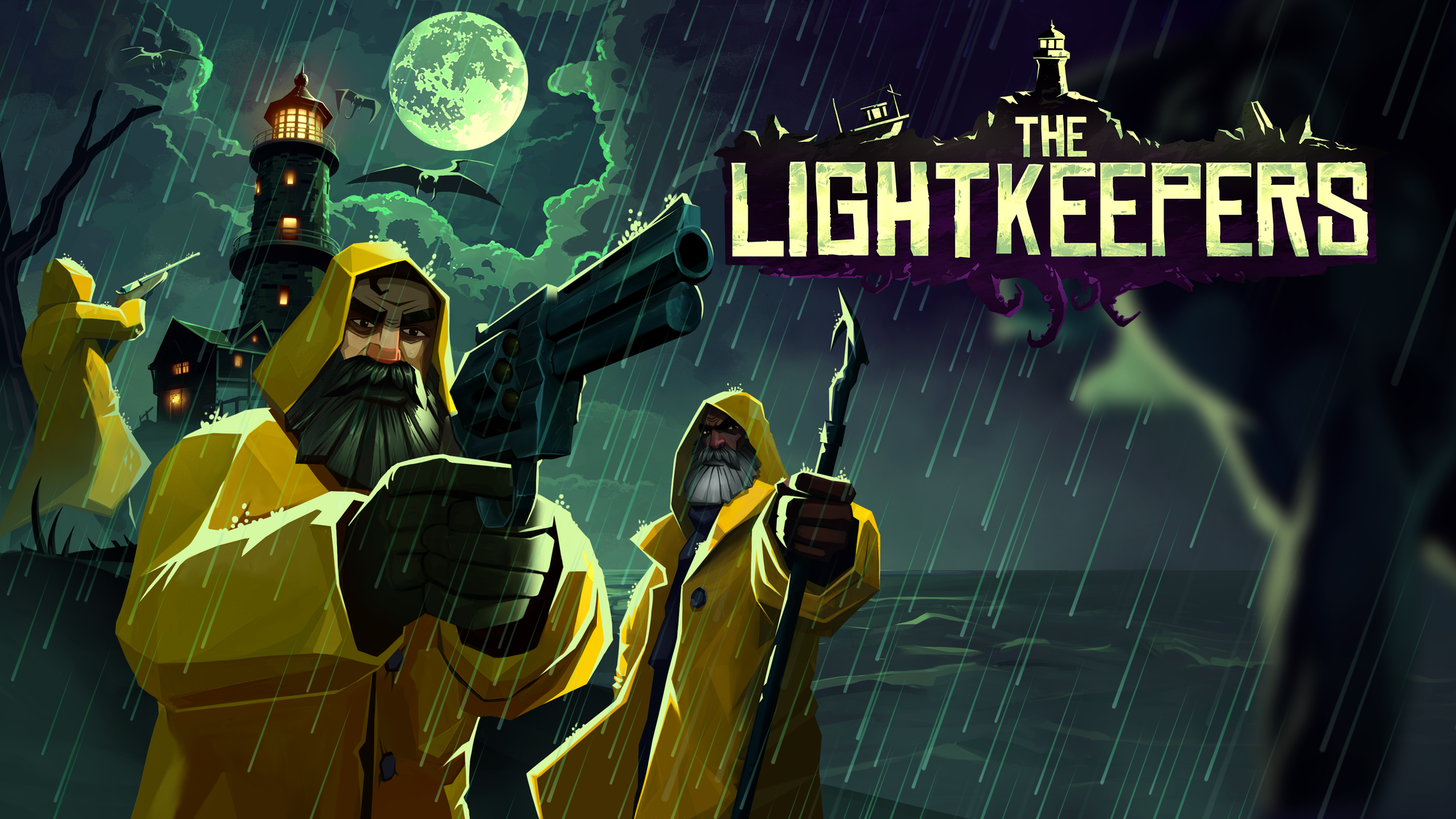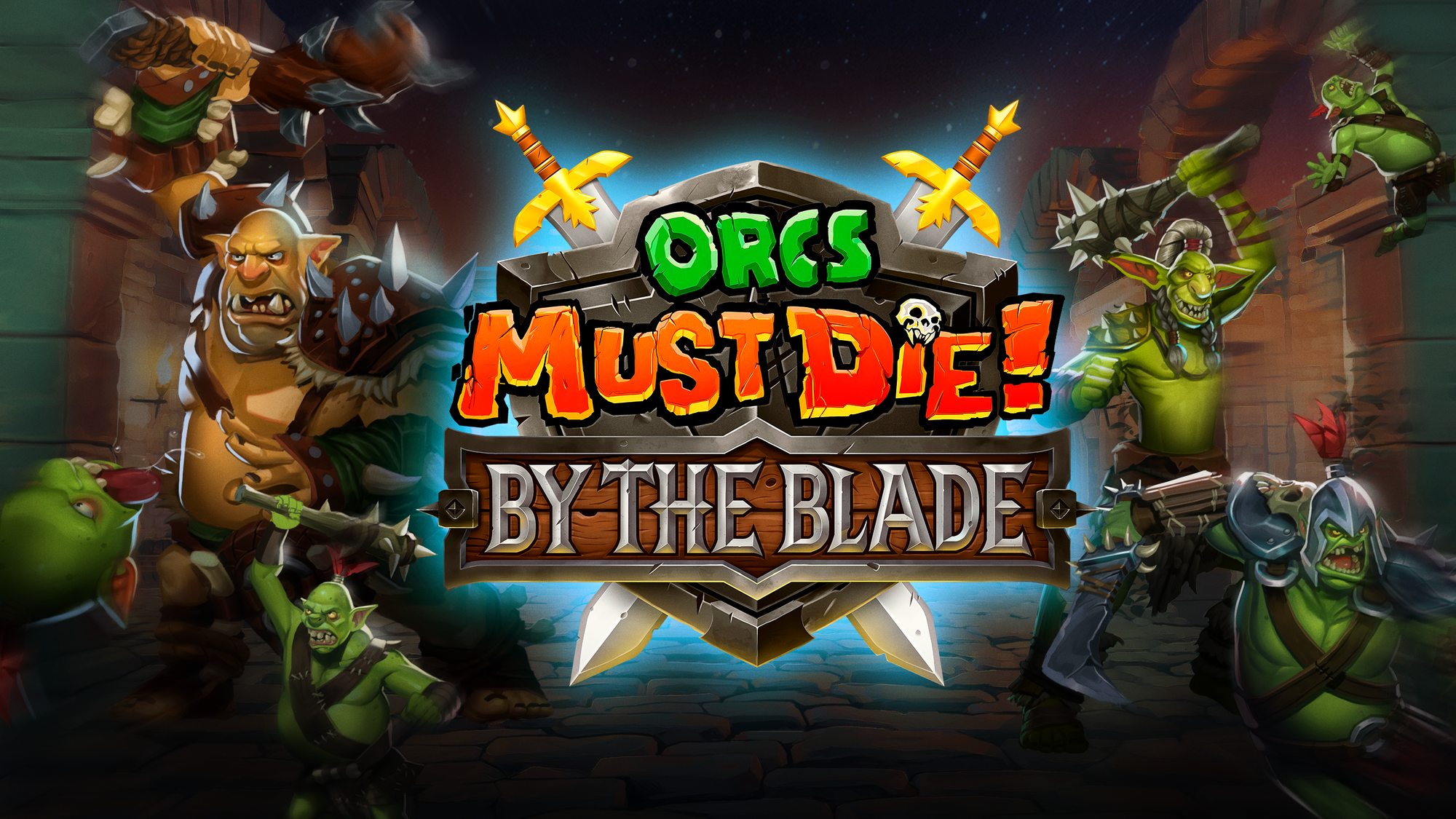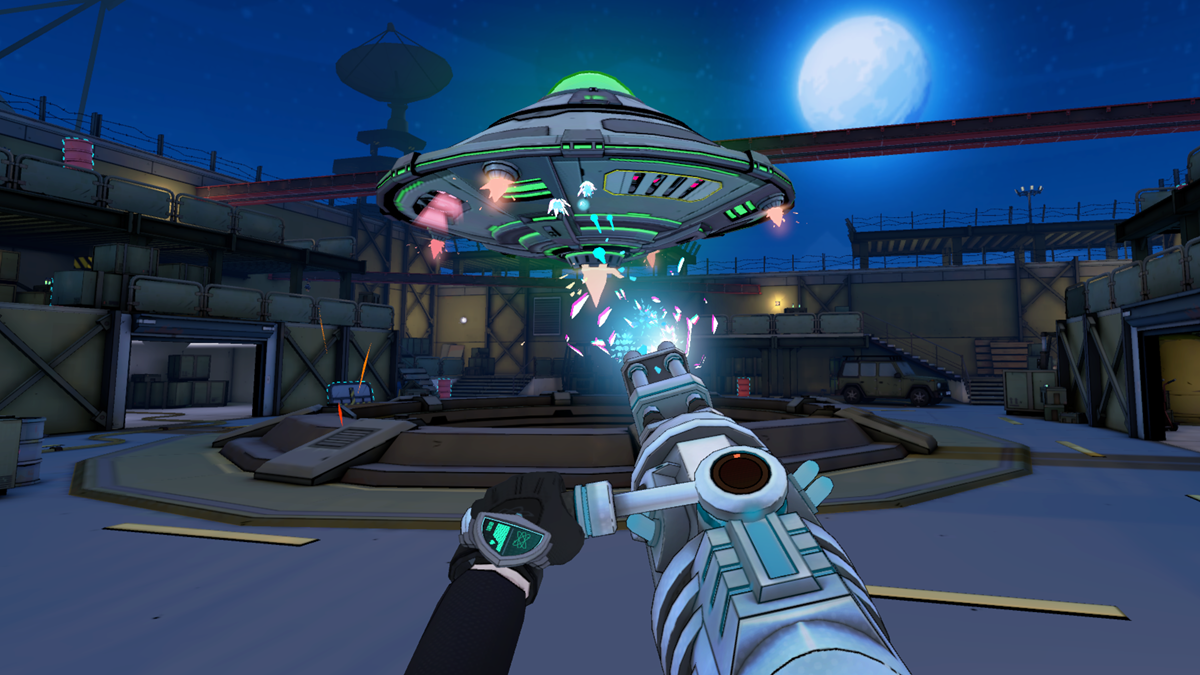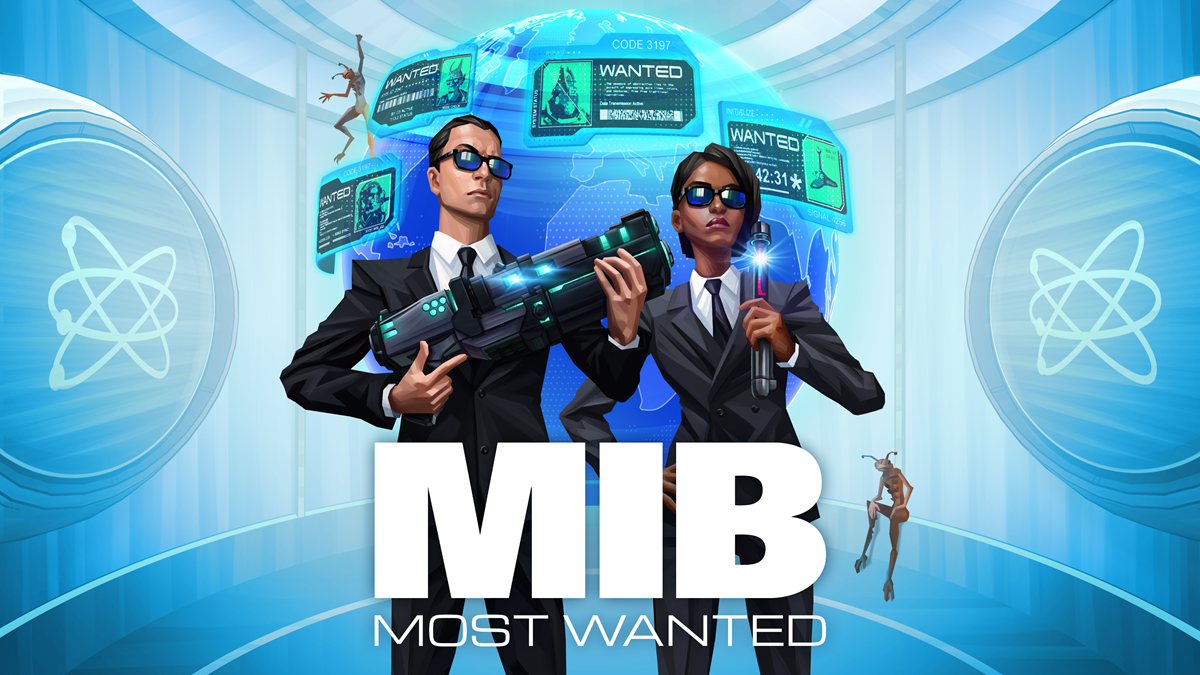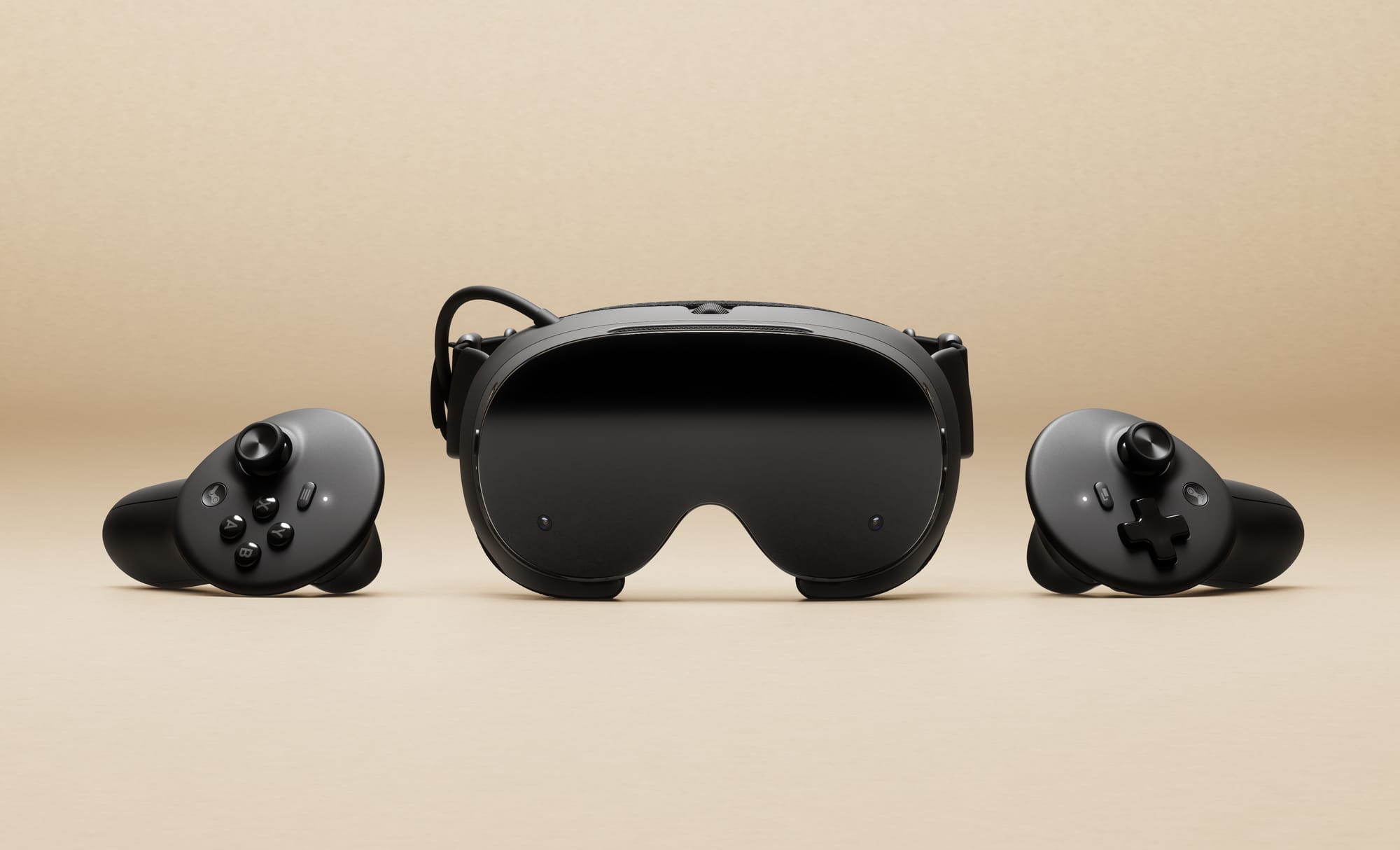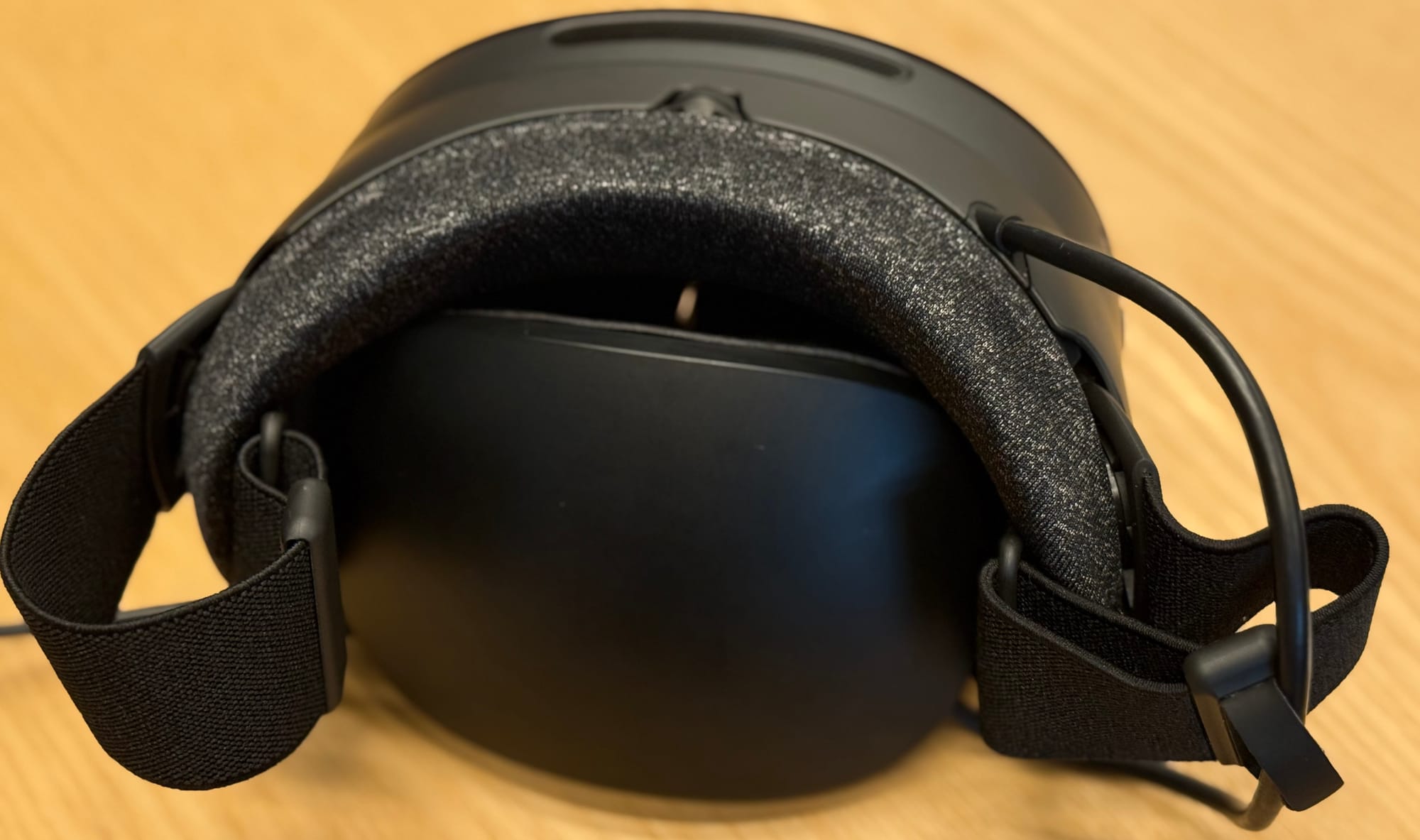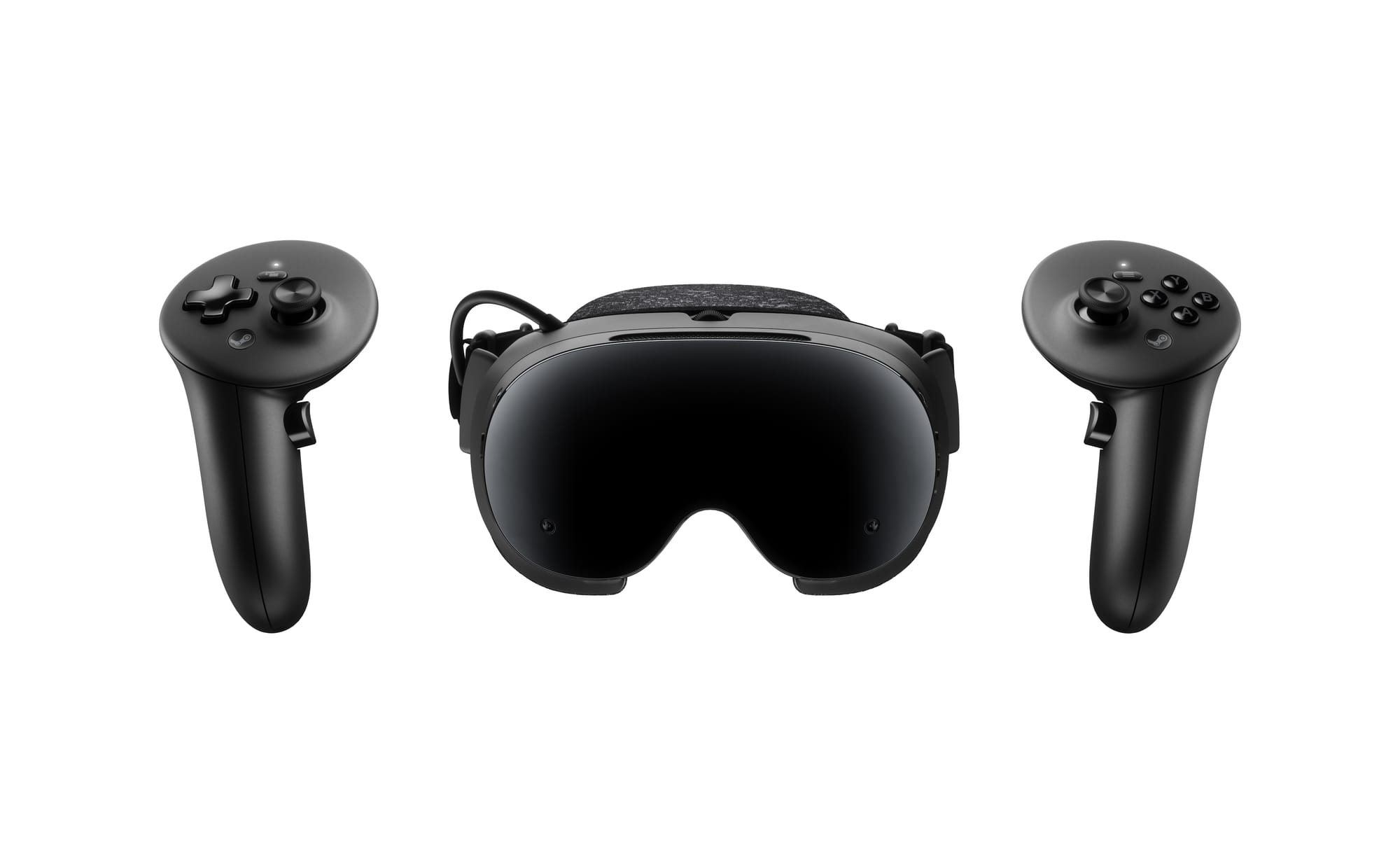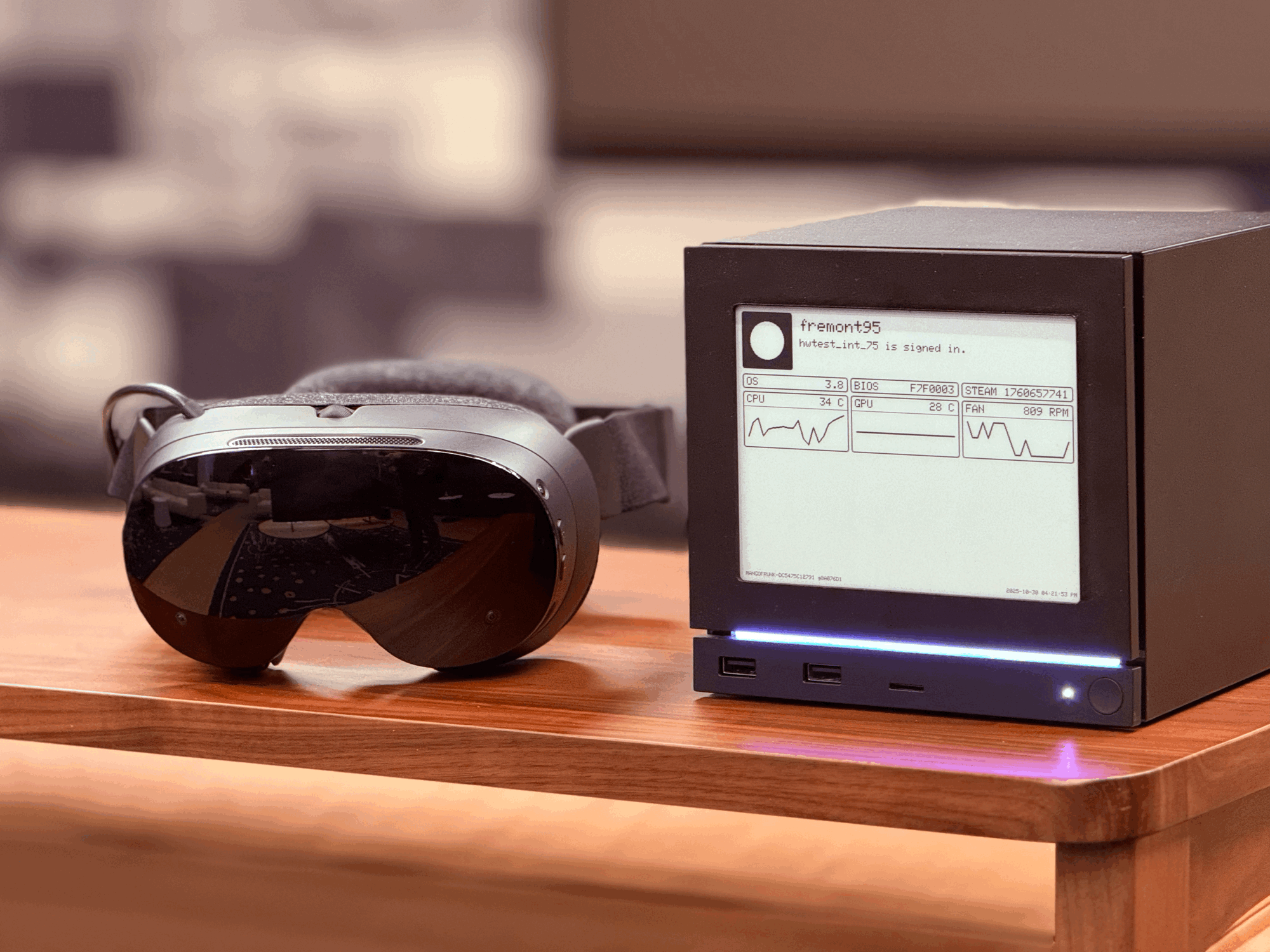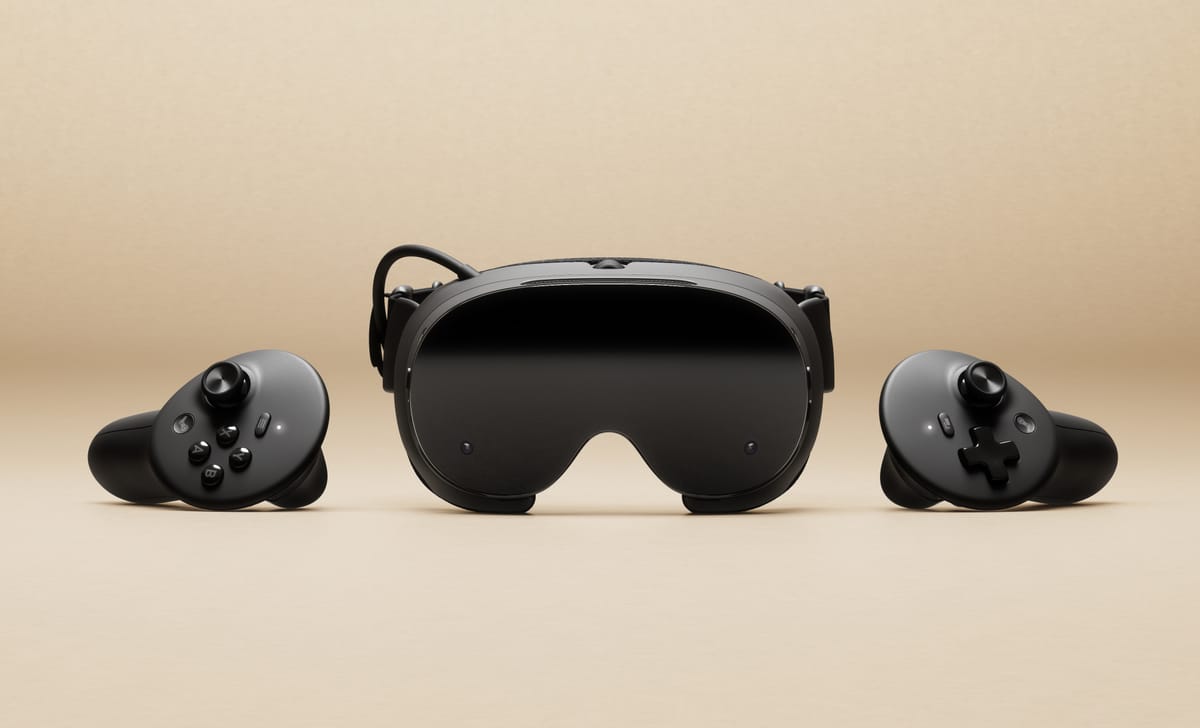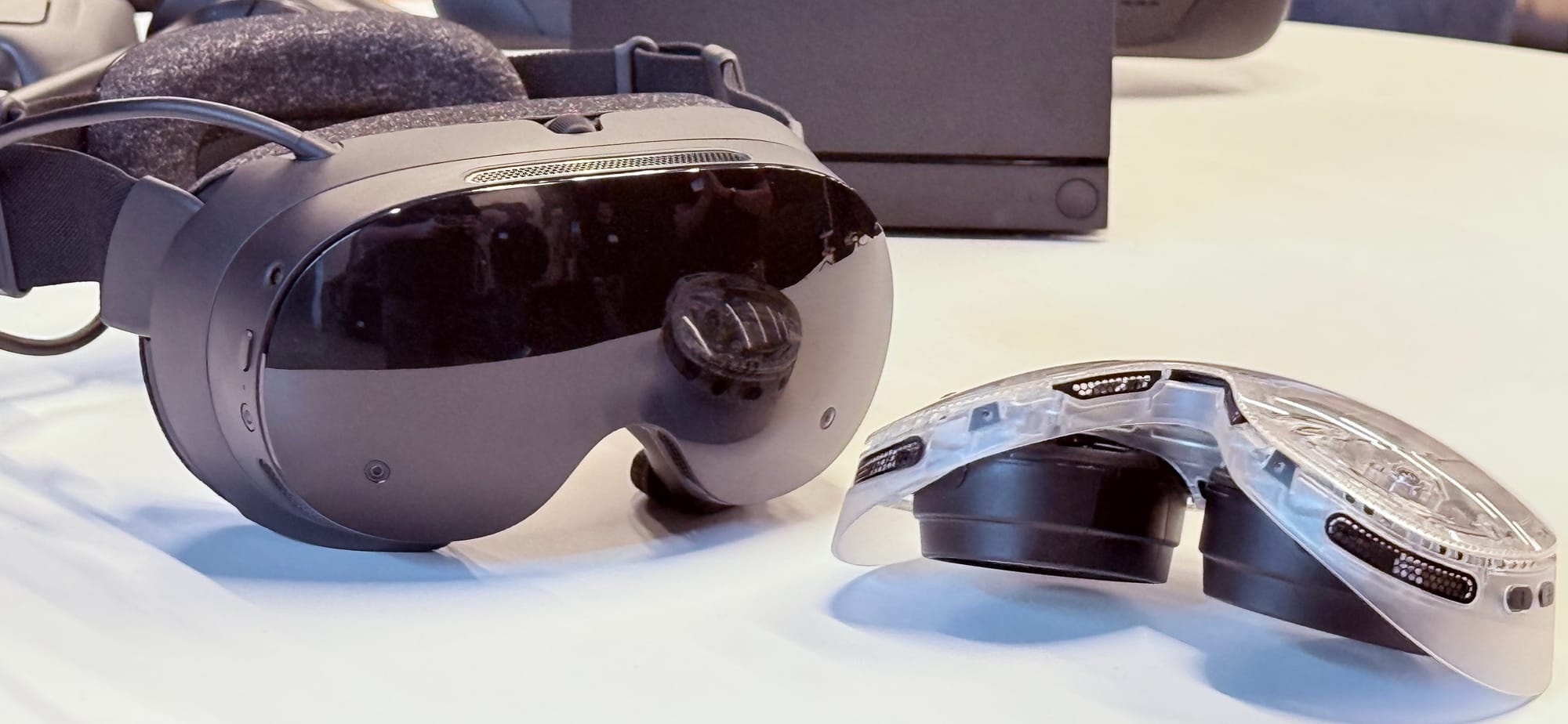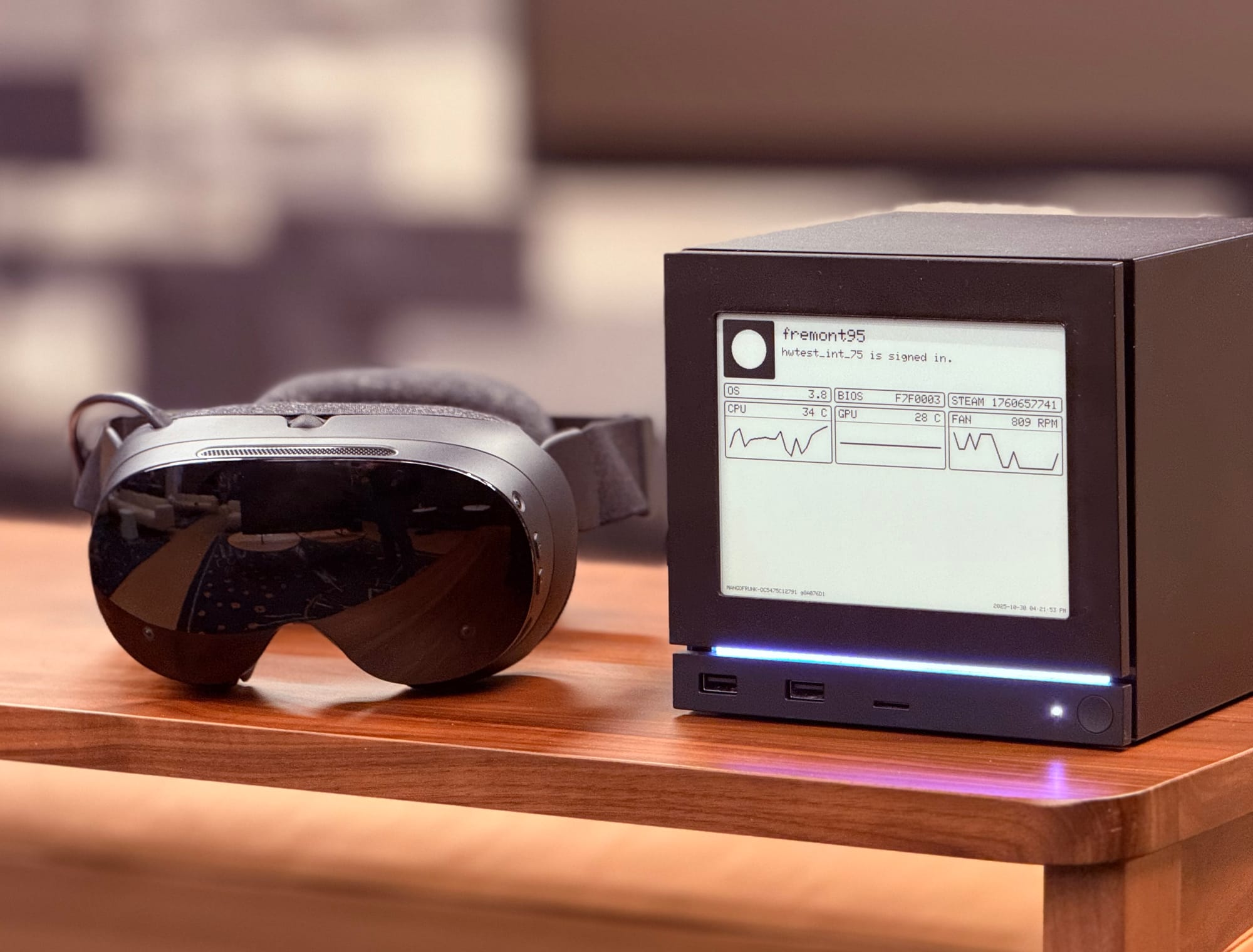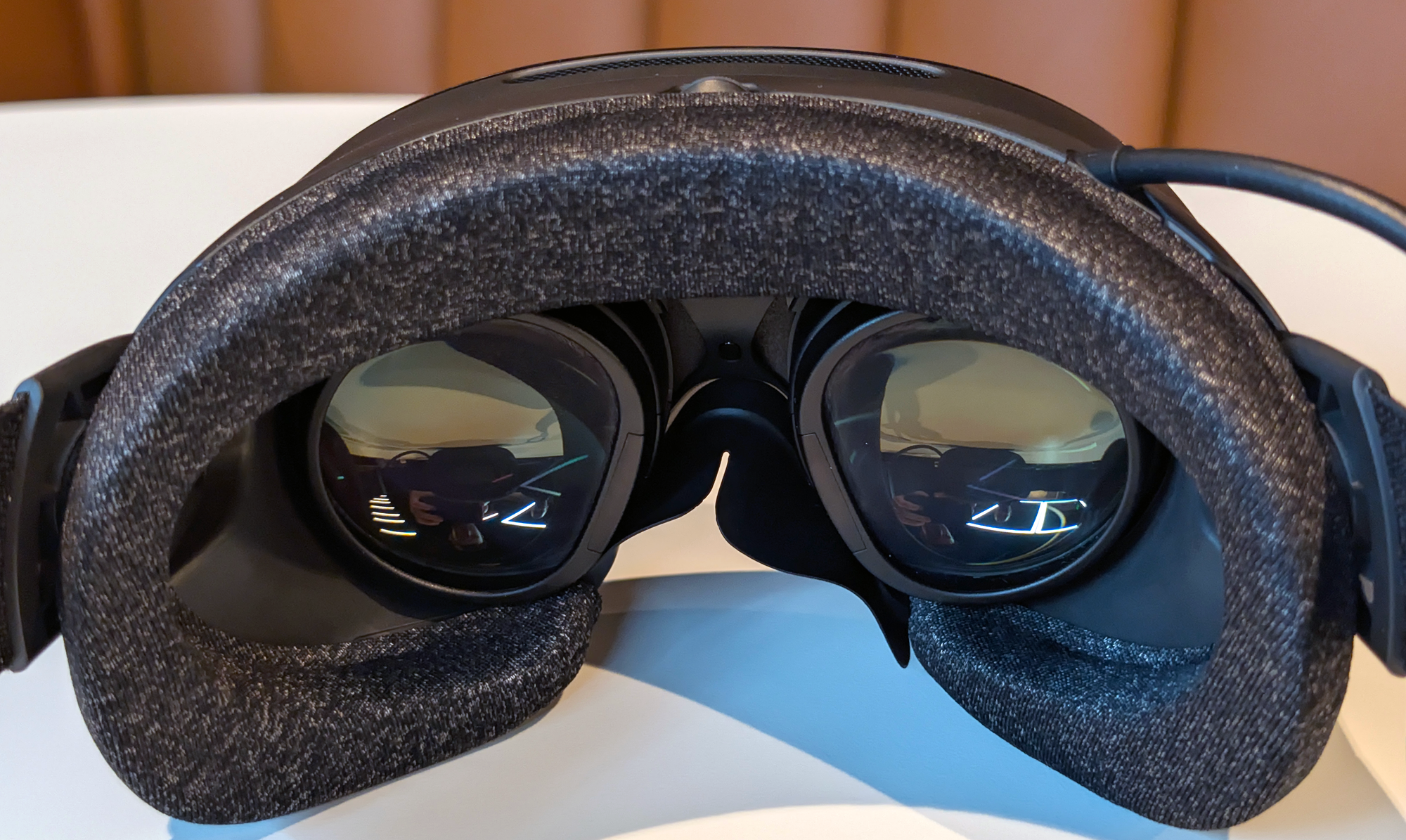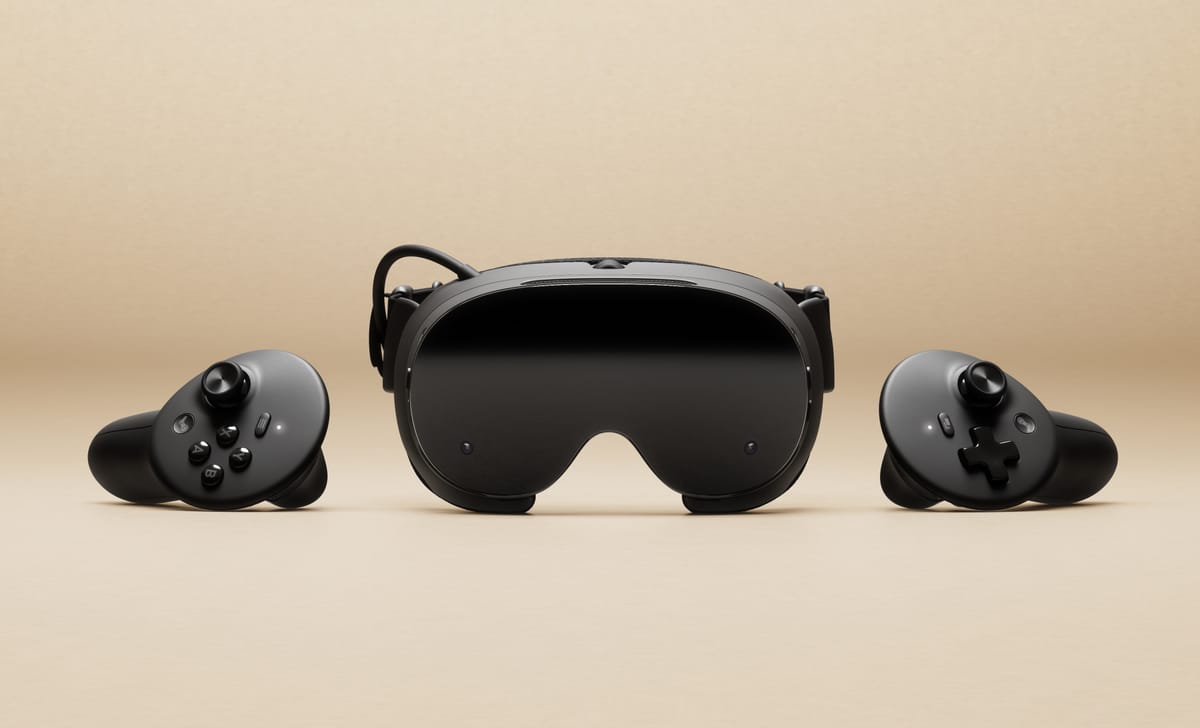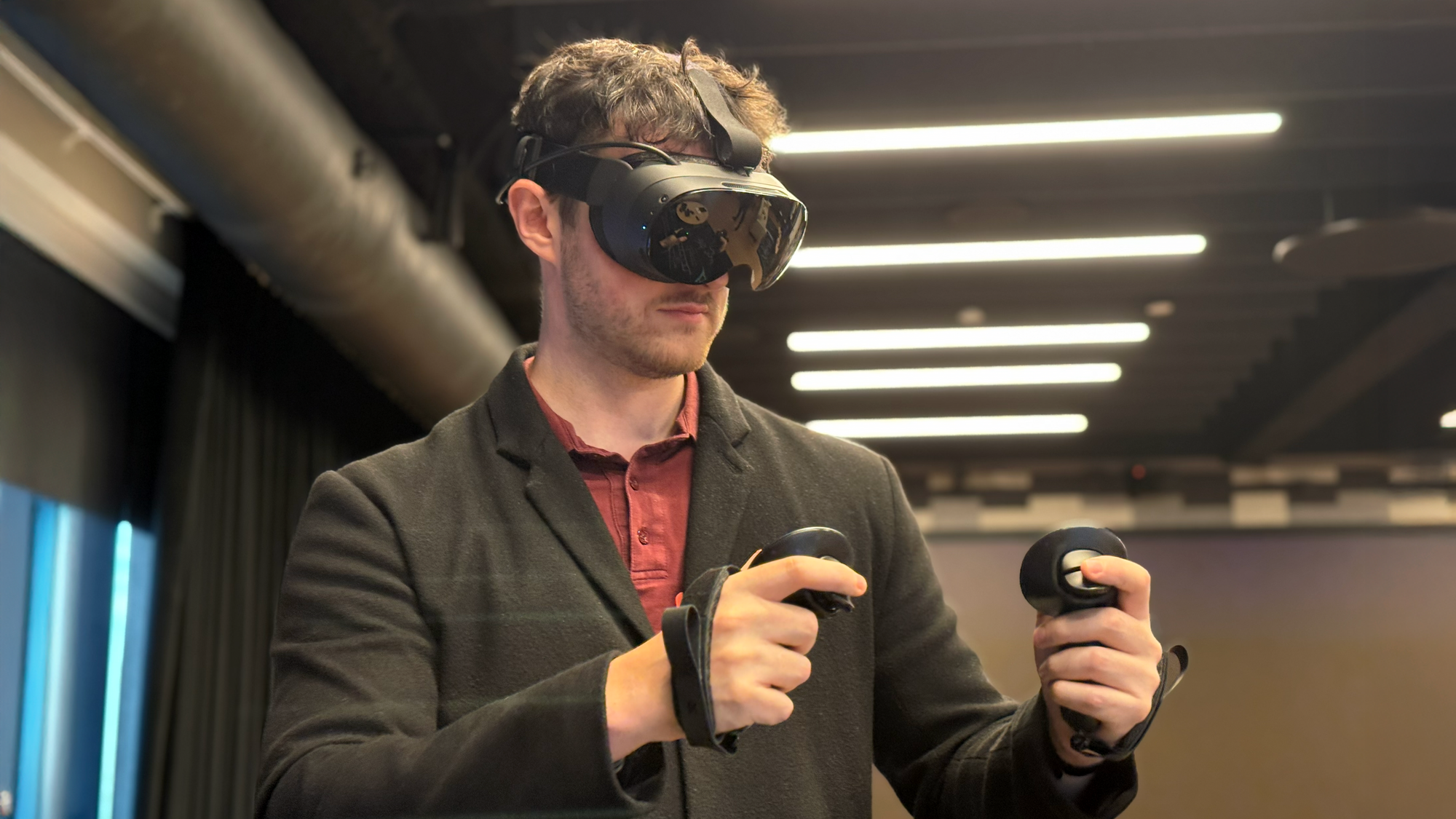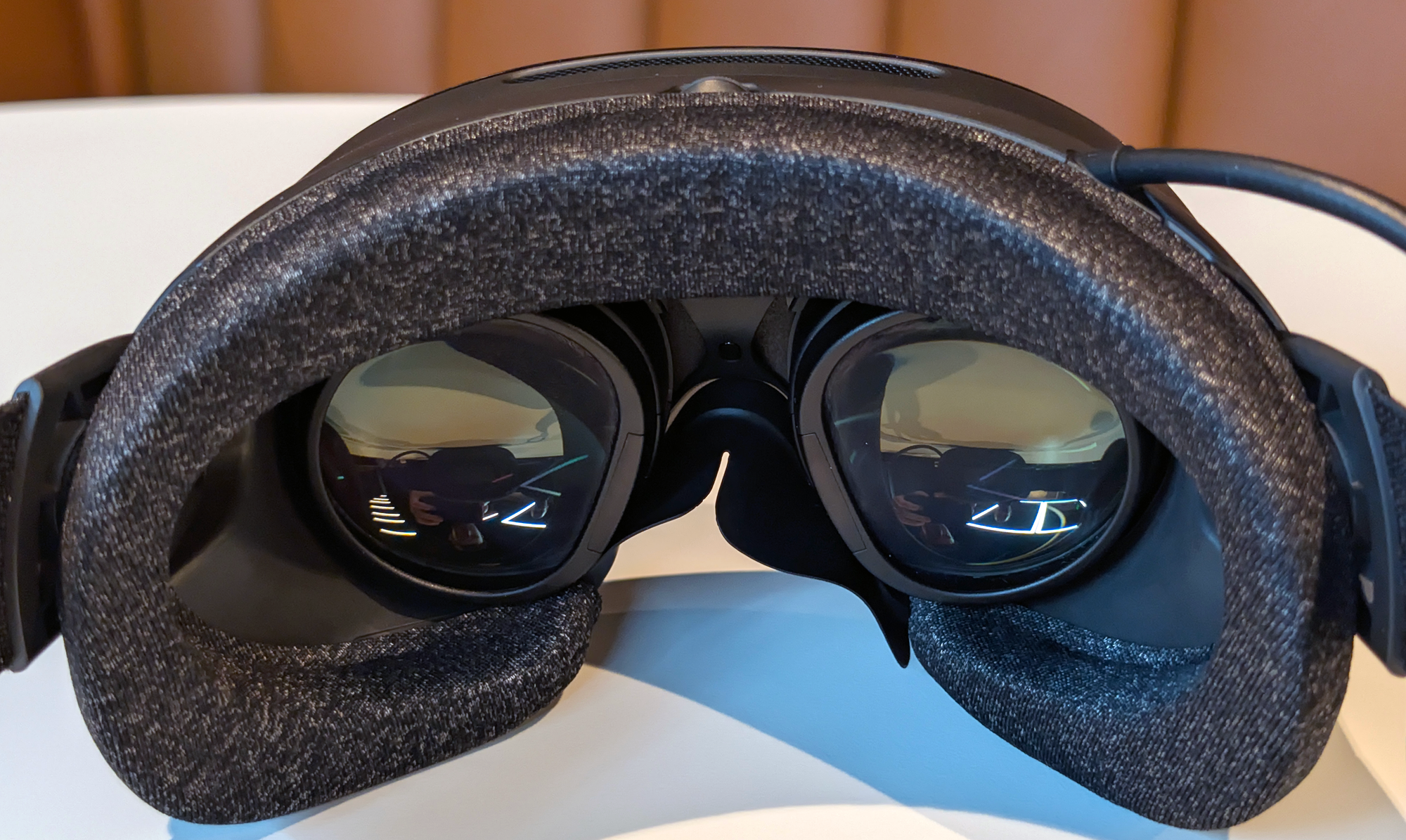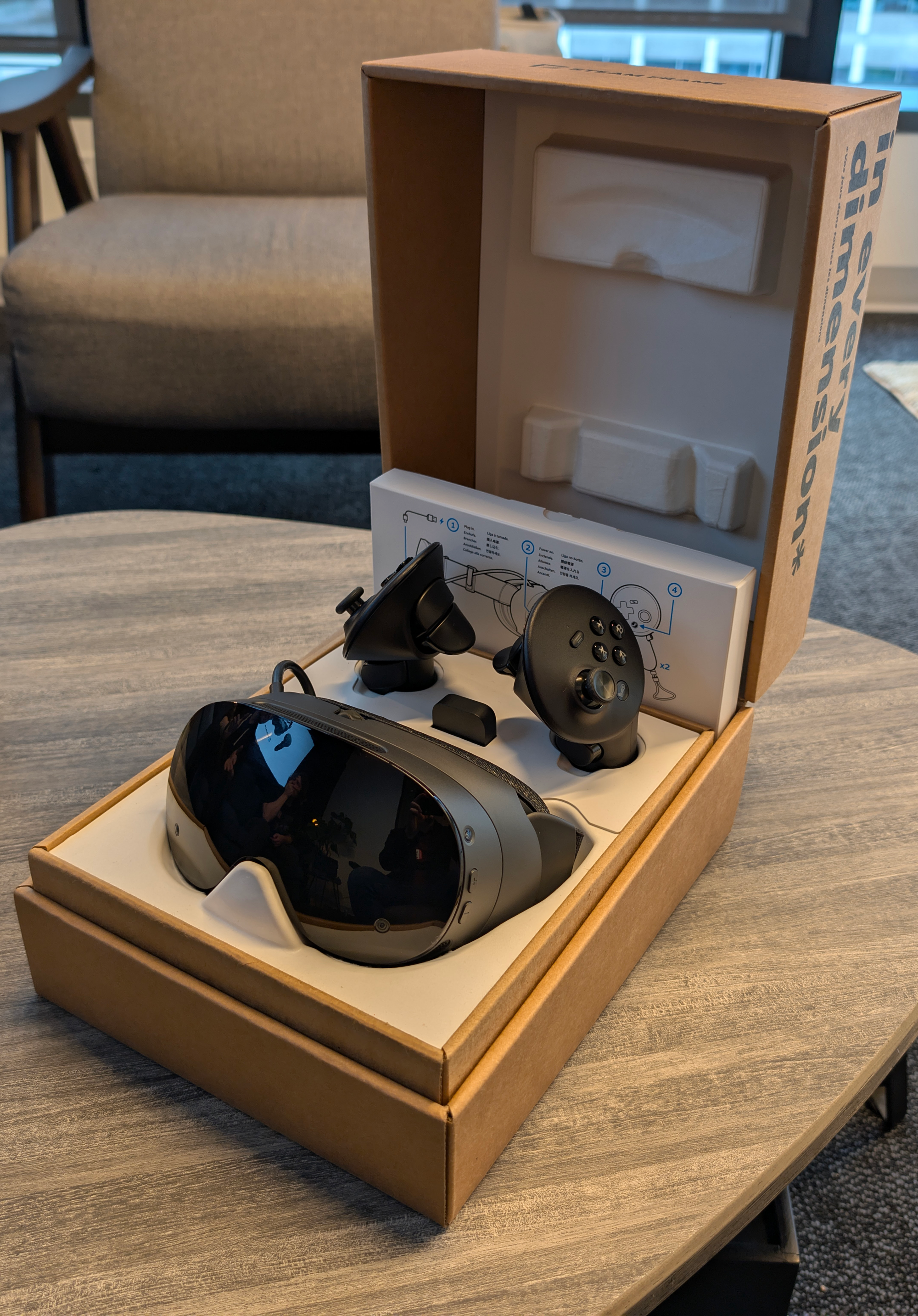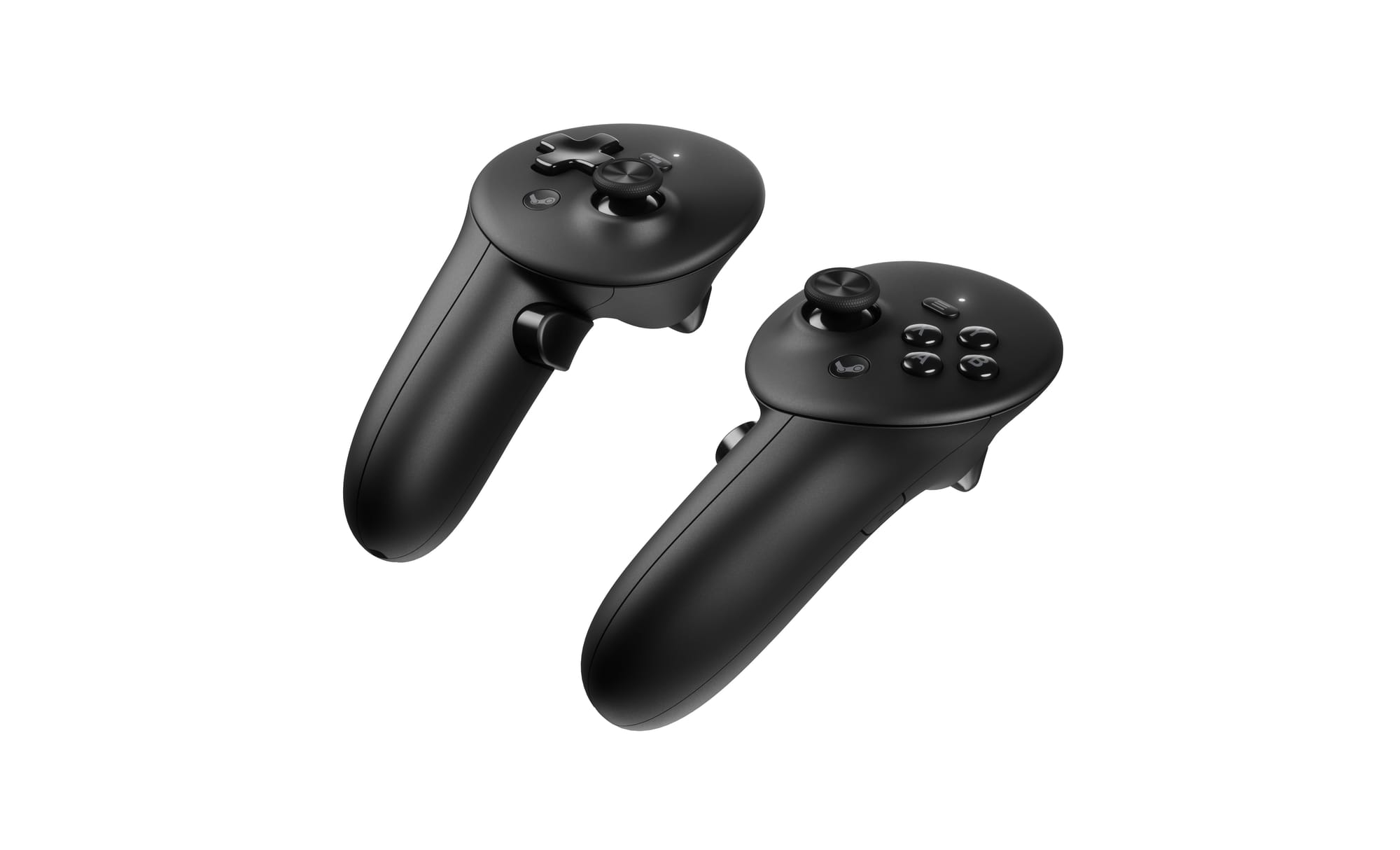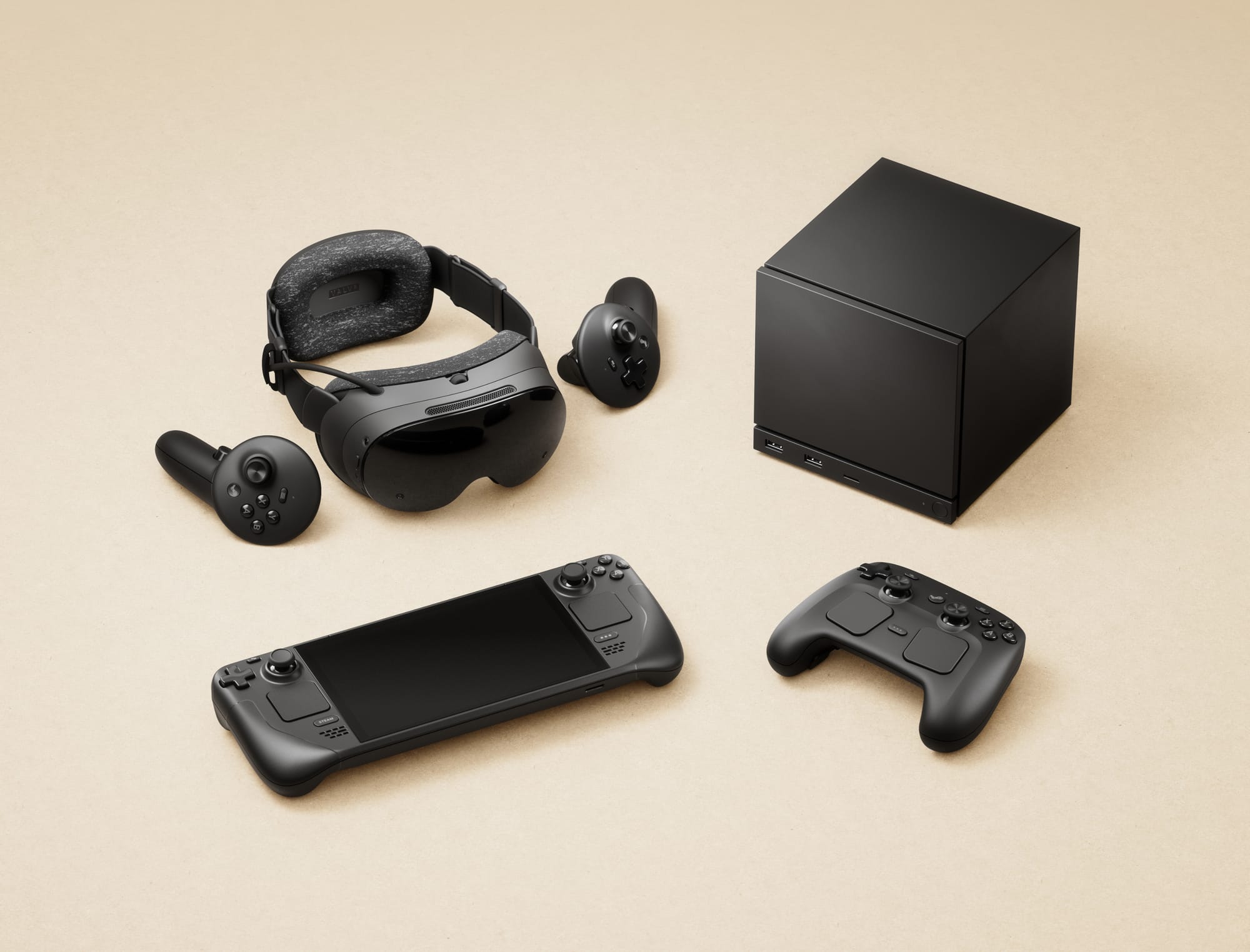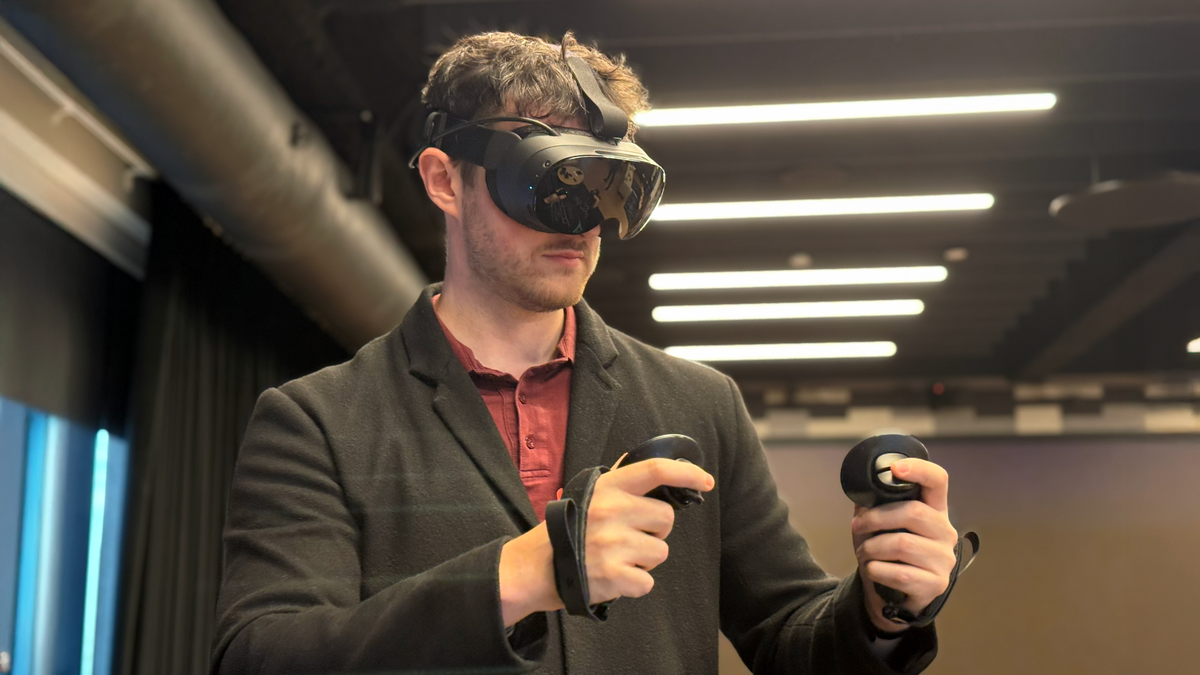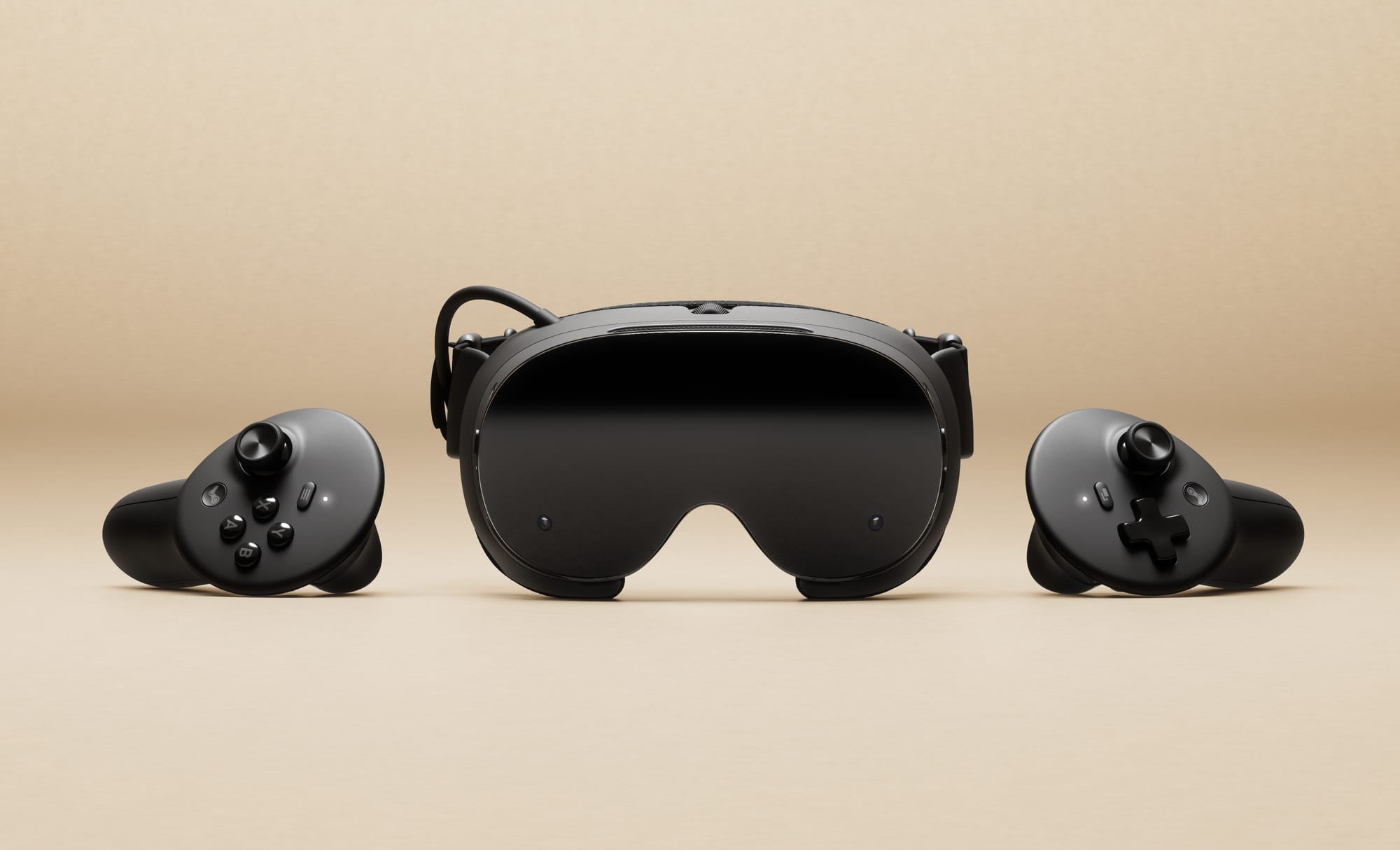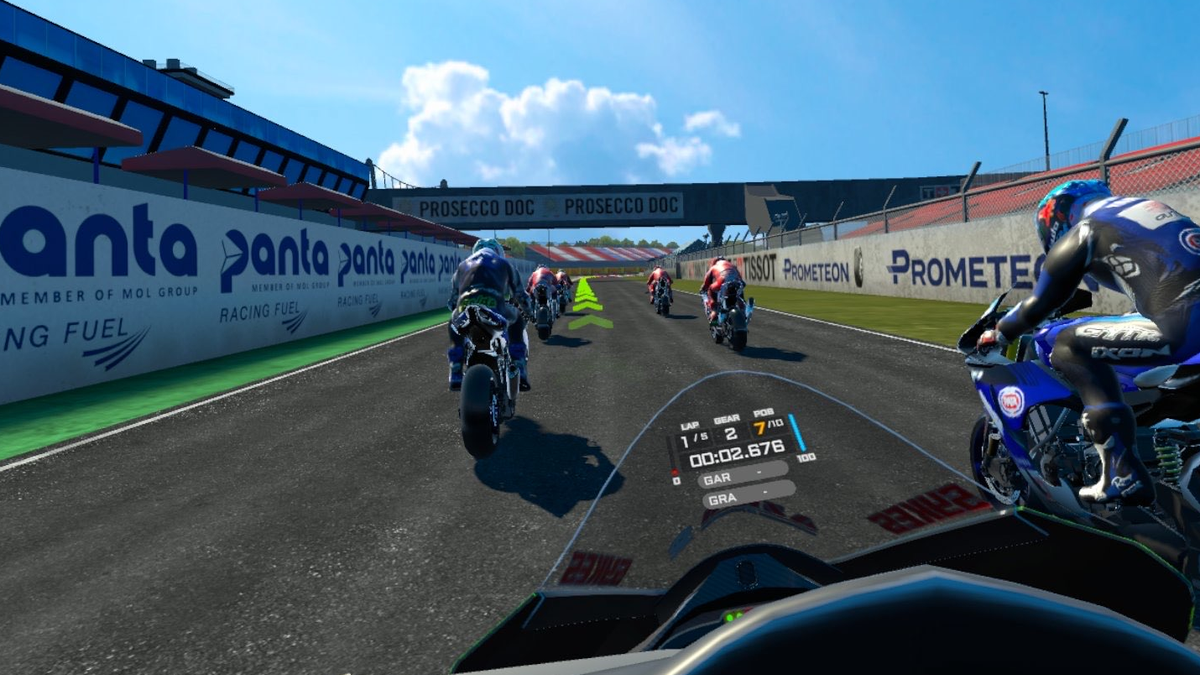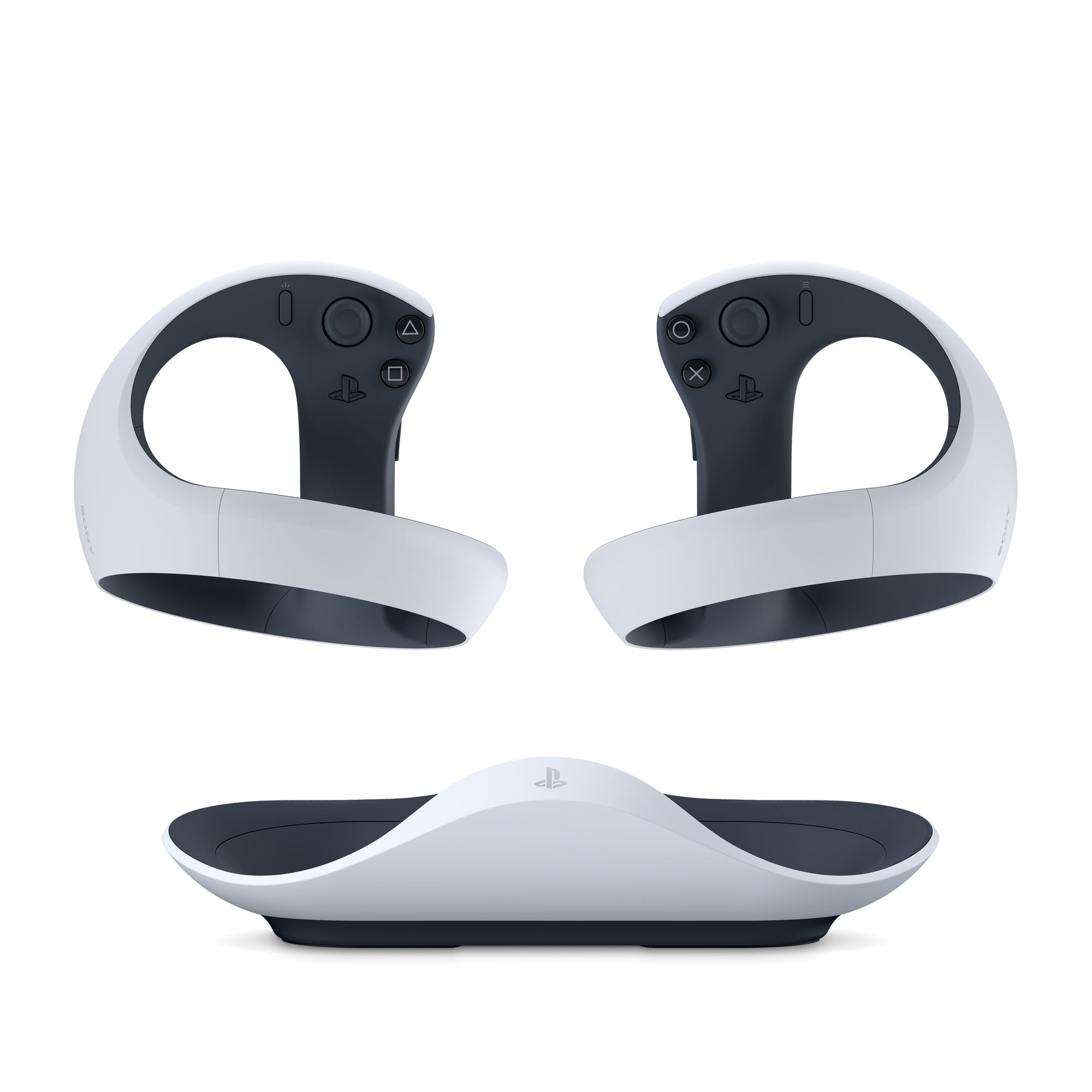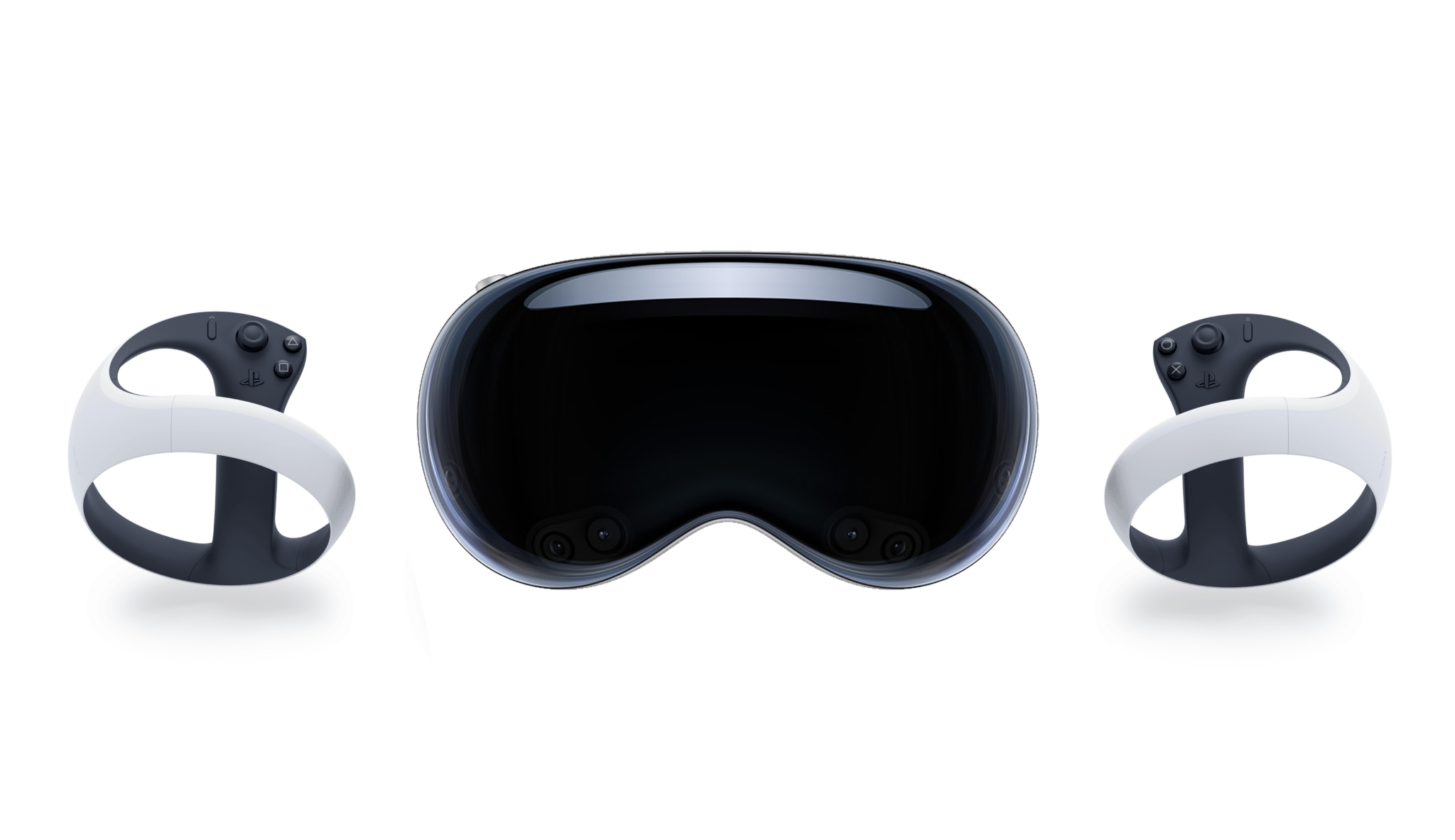Glassbreakers Review-In-Progress: Nuanced PvP Strategy With Adorable Whiskers
“Time is running out!” the voice declares urgently, and I glance up to see 30 seconds left on the clock.
I’m not concerned, though. The game is close but I'm in a strong position. I watch as my opponent pushes his champions down the left lane in a desperate gambit, and I pause to deliberate: do I defend and push the game into overtime, or do I go for the win now? With a single fluid motion, I make my decision, commanding my adorable squad to attack the enemy Glass. It's risky, but what the hell. I’m all in.
Just as I pass the point of no return, I hear the sound of the already weakened Sway Stone breaking and realize that their attack had been a feint. My opponent is now pushing on my central Glass with a big damage advantage. For the first time in the match, I’m in trouble.
With an easy gesture, I put my squad into retreat, though I’m out of position and weakened by their defensive turret. I mount a valiant final attempt to defend my Glass, chaining special attacks to swiftly take down their tank, but it's too little, too late. With seconds left on the clock, a brutal AOE spell finishes off my squad, and my Glass along with it.
But so it goes in Glassbreakers, a game where every decision matters, and it definitely ain’t over until it's over.
What is it?: A tabletop strategy battler set in the Moss universe.
Platforms: Quest 3, Steam, Apple Vision Pro (Reviewed on Quest 3)
Release Date: November 13, 2025
Developer/Publisher: Polyarc
Price: $19.99 (Quest, Steam) or Apple Arcade subscription
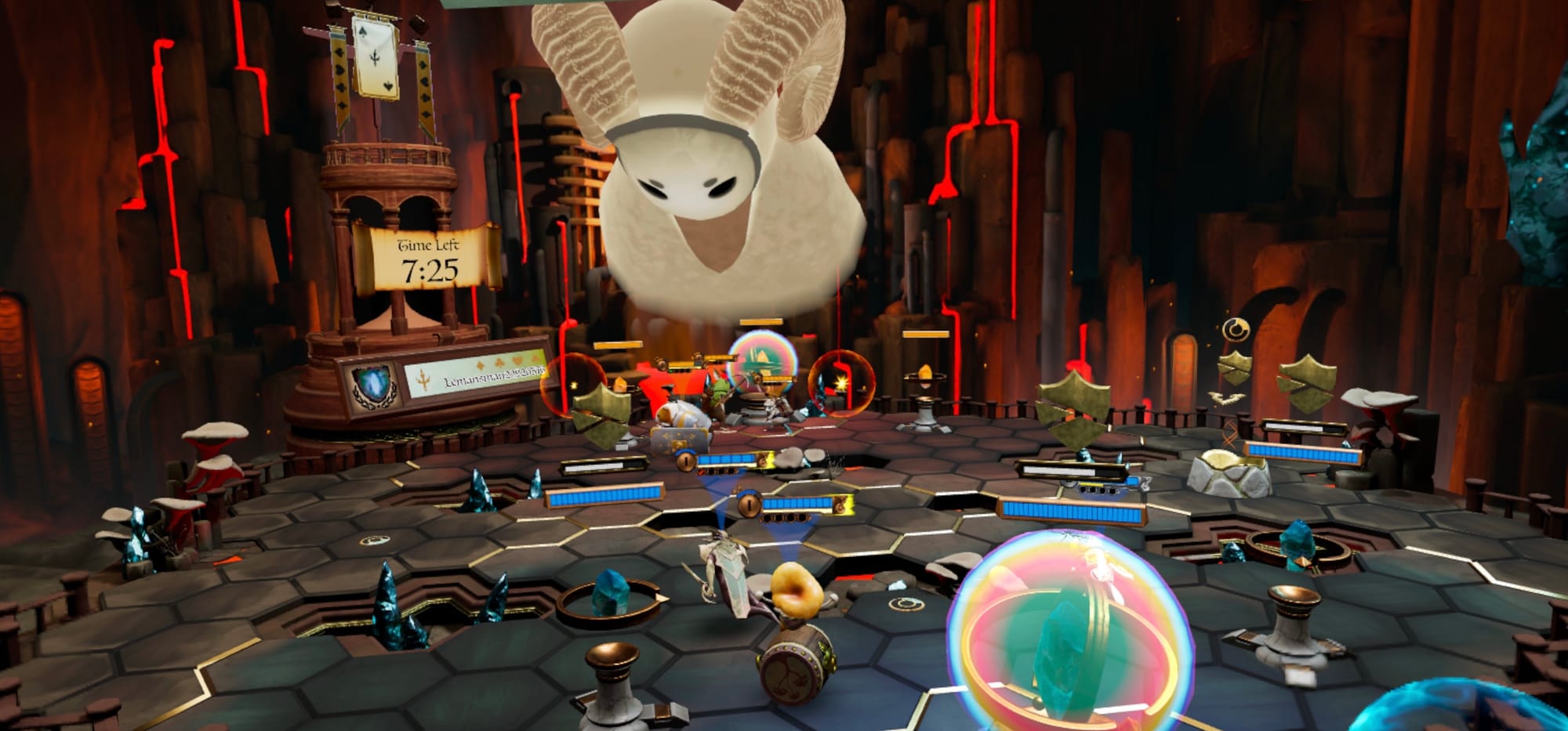
Mighty Mouse
Set in the same charming universe as the Moss series, Glassbreakers takes that world’s tiny woodland heroes and drops them into fast-paced, strategic tabletop battles. Each player commands a team of three champions - small but mighty creatures that range from a crossbow-wielding rat and an armored hamster to a mechanical insect and mischievous sprites. Fans of MOBAs will feel right at home and recognize the archetypes instantly: tanks, healers, damage dealers, support, and control - they’re all here.
The aim in Glassbreakers is simple: shatter your opponent’s ‘Glass’ before they destroy yours. Flanking the main Glass are two smaller ones: defensive turrets, of which at least one must be destroyed before the central base becomes vulnerable. It seems simple enough, deceptively so as with all good strategy games. Every match becomes a delicate ballet of micro-decisions, positioning, timing, and calculated risk.
Glassbreakers is a predominantly online competitive game. However, there are still options available for those who wish to play solo. While there’s no campaign to speak of, players can spar against AI opponents across three difficulty tiers. At first these will provide an ample challenge and ensure that there’s always something to enjoy solo, but experienced players will likely find the challenge dwindles after a few hours.
As with many online games, long-term success will likely depend on community strength and how active the player base is. This review-in-progress is based largely on a preview weekend that took place in late October, so it’s not been possible to comment on how active the servers are at launch. Nor have I been able to try the Steam or Apple Vision Pro editions yet for comparison.
There is also a co-op mode where players can team up, splitting control of the three champions between the players, though I've been unable to try that myself during this pre-release period. Glassbreakers also offers cross-platform support and a player base drawn from Quest 3, Steam, and Apple Vision Pro ecosystems.
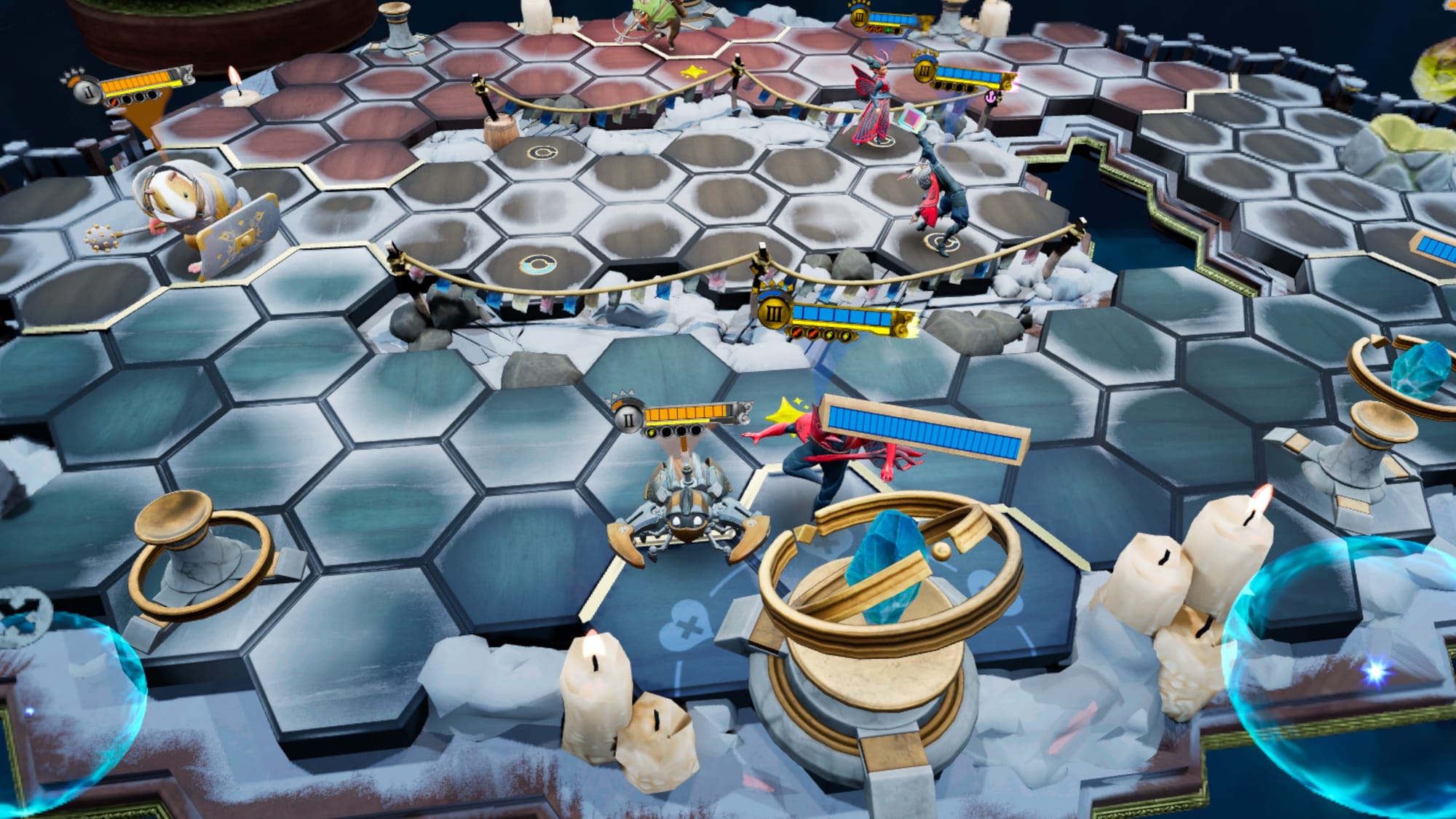
In The Deep End
At a glance, it might be easy to miss the level of nuance and depth that Glassbreakers offers. The tutorials are well established to show players how to play the game, but what they don’t do as effectively is show you how to play the game well. My first few forays were graceless exercises in repeated, floundering assaults that, understandably, ended in my swift defeat.
With a little perseverance, however, it's one of the most sophisticated and well-balanced strategy games that I’ve ever played, and I’m beyond glad I took the time to delve deeper than that first session.
Once you get the hang of it, Glassbreakers offers a brilliantly layered system that forces players to adapt constantly, shifting between offense and defense, darting between risk and reward. It ebbs and flows in real time, where every decision matters and matches can turn on the tiniest miscalculation.
During the early game, battles tend to be cautious, cat-and-mouse affairs. Each time you knock out an opponent, your champion will level up, activating stronger abilities as they do. Playing recklessly gets you knocked out early on, and you’re handing your rival a power boost. There are also various objective points to compete for that, when captured, let you power up one of your champions. Then there is also the all-important ‘Sway Stone’ to contend with, which temporarily amplifies your damage output against the enemy’s Glass once destroyed.
With all these elements at play, each game of Glass becomes an evolving eight-minute balancing act of risk vs. reward. It’s an intoxicating blend of micro and macro-strategy. There’s always something to think about: who to engage, when to retreat, whether to press an advantage or turtle up and force your opponent’s hand. And because every match is short, defeat never feels punishing; it just makes you want to jump back in and try a new strategy immediately.
Squad Goals
The core of navigating this strategic depth lies in building and executing a cohesive team strategy. Players begin with just three champions, but as you play and level them up, more are unlocked, eventually providing access to a roster of twelve. Each champion has a distinct personality and play style, but it’s the synergies between them that define the real depth here.
One of the game’s greatest strengths lies in how differently it plays depending on your team composition. Two tanks and a healer can form a defensive wall that can grind down your opponent, while a high-risk, high-reward trio of damage dealers can obliterate a careless enemy in seconds. There is an excellent array of viable combinations and play styles for players to concoct, and crafting and trialing these is one of the real joys of playing the game.
Beyond this roster of champions, Glassbreakers also offers four maps that introduce different dynamics, changing the flow of battle and rewarding experimentation and creativity.

The VR Of It All
Most VR tabletop or strategy titles struggle with one key question: why does this need to be in VR?
Glassbreakers answers that question emphatically through its brilliantly tactile control scheme. Rather than relying on traditional gamepad-style commands or complex radial menus, it lets you control your champions using simple, physical gestures that feel instantly natural.
Standing (or seated) above the board, you direct your team by grabbing, reaching, and pointing in space. Want to send all three champions into battle? Reach over your shoulder and pull the trigger to select them all, then bring your hand down to point where you want them to go. Need a quick retreat? Just put your hand over your shoulder and double-tap the trigger, and your team will fall back and converge on your central Glass.
Additionally, using gestures like those in Demeo, you can rotate the entire battlefield around you, raise yourself up to get a better vantage of the action, and then zoom back in to move your champions around the board. It’s almost like handling a living hologram.
What really makes this shine is that it’s just as comfortable for gamers who prefer a couch-style experience. You can play seated, relaxed and still feel deeply engaged. It’s this hybrid design philosophy that makes Glassbreakers so special. Many VR games that rely on minimal movement end up feeling like glorified 2D experiences shoehorned into a headset. But here, Polyarc uses VR’s physicality to enhance the experience, not demand effort from it. The result is a perfect midpoint - a game you can play for hours without fatigue but that still leverages spatial awareness, physical presence, and immersion beautifully.
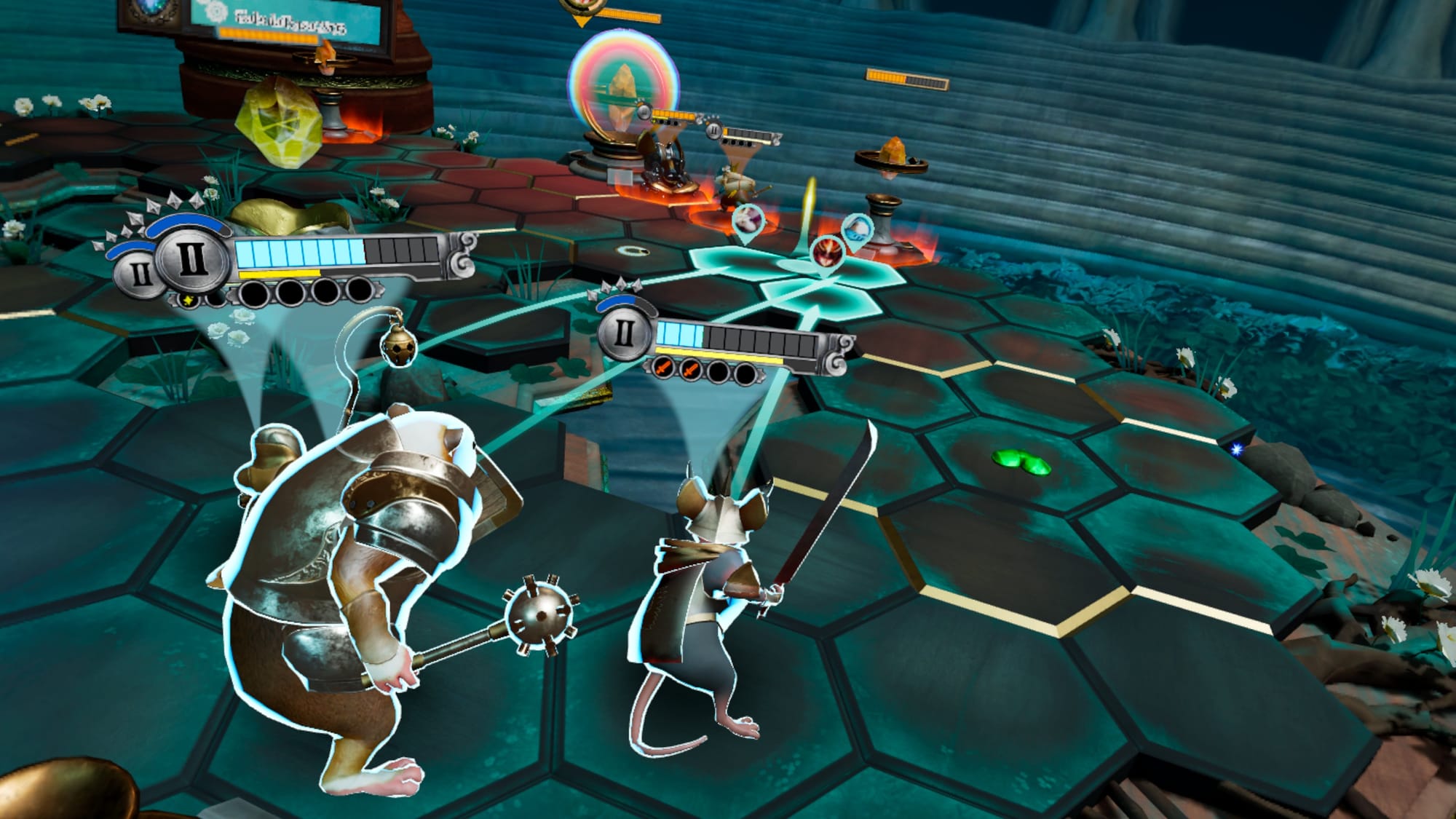
Here To Slay
Polyarc has always been synonymous with charm and artistry, and Glassbreakers continues that legacy with style to spare.
Each of the twelve champions is meticulously designed, bursting with personality and life. Their animations, gestures, and expressive reactions make them feel like living toys. Just as in Moss, Glassbreakers provides heroes you can’t help but get attached to. Even without a narrative, it retains the storybook magic of the Moss franchise.
Importantly for a game where there is so much to concentrate on at once, Glassbreakers is not only beautiful, but easy to read. Icons and symbols don’t clutter the board. Even in the most hectic of skirmishes, it’s easy to get the right information easily so you can make decisions quickly.
Even the menus and home space (set within the iconic Moss library) exude warmth and polish. Sitting there arranging your team, tweaking their colors and skins, feels intimate and personal.
Comfort
Glassbreakers is a tabletop game with movement controls similar to those found in Demeo. Players can pull themselves around the board or rotate it to gain a better view of the action. With very limited actual movement, Glassbreakers should be a comfortable experience for most players.
Sounds Like A Plan
Audio design in Glassbreakers is as impeccable as its visuals.
Each champion’s voice lines are delightfully characterful - distinct enough to feel alive but used sparingly enough to avoid repetition. The soundscape of the battlefield is filled with satisfying detail: the muted crunch of Glass under attack, the metallic ping of Sahima’s chakram bouncing between your opponents, and the satisfying whoosh as Barnard’s spell lands.
The music sways from warm and inviting to building tension as the fight rages on, setting just the right tone for the world - playful, daring, and triumphant all at once.
Spatial audio cues are particularly well implemented. Take your eye off an area of the board, and you’ll hear enemies flanking you before you see them. Whether it's objectives spawning behind you or your Glass taking hits from across the map, the sound design tells the macro while your eyes are focused on the micro. This attention to directional sound makes every match more immersive and helps maintain focus during fast-paced engagements.

Glassbreakers - Current Verdict
It’s difficult to overstate just how much Glassbreakers gets right. Polyarc has crafted a delightfully polished and truly unique experience - one that blends the strategic depth of classic RTS games and the character class/squad mechanics of a MOBA with the tactile immersion of VR.
Glassbreakers is smart, competitive, and highly addictive and stands as one of the best strategy experiences available in VR - and one of the most charming. I'll update this review after spending more time with this in the coming days, but it's a beautifully balanced and brilliantly designed small-scale masterpiece. It deserves a large-scale following and already comes highly recommended.
UploadVR uses a 5-Star rating system for our game reviews – you can read a breakdown of each star rating in our review guidelines. As a review-in-progress, this is currently unscored, and we'll revisit this review soon.








